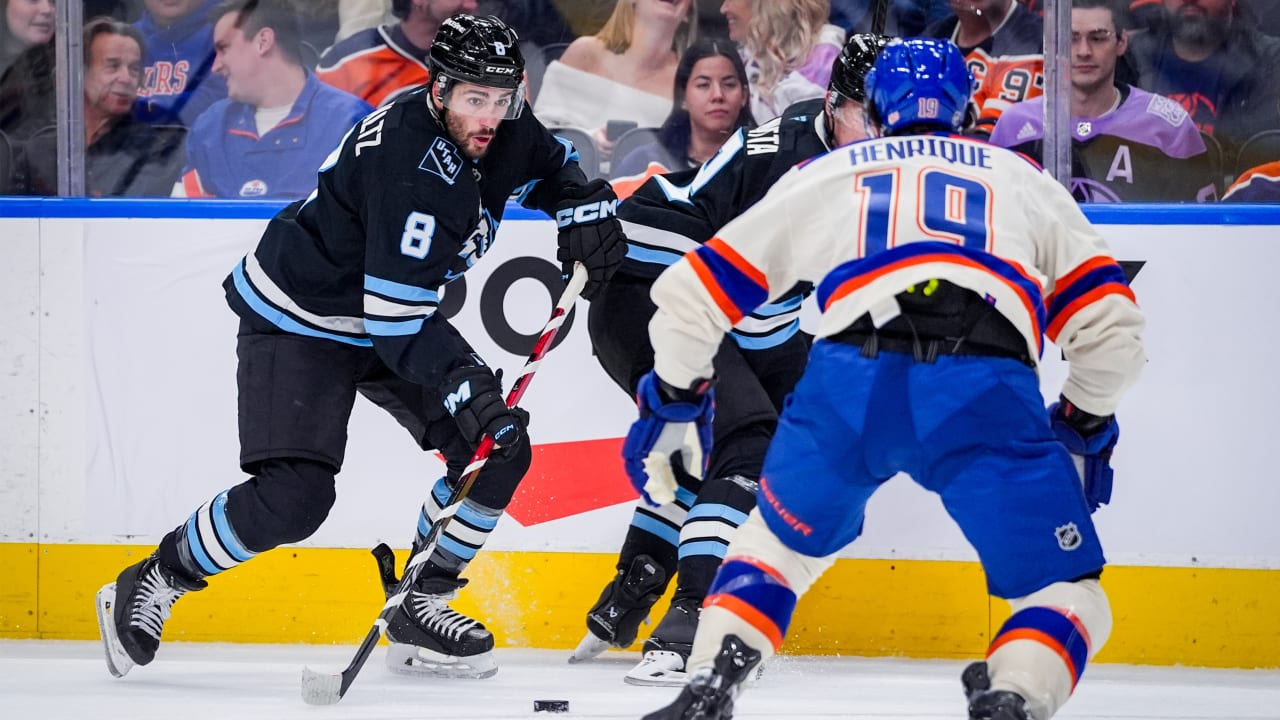Arthur Folasa Ah Loo died in June when a man a part of a volunteer peacekeeping team fired three rounds at a man who allegedly brandished a rifle at protestors.
SALT LAKE CITY (AP) — The widow of a beloved Utah fashion designer who was fatally shot during a June “No Kings” protest in Salt Lake City demanded Wednesday that someone be held accountable for her husband’s death after more than four months without any charges filed in the case.
Arthur Folasa Ah Loo, known as Afa, died June 14 when a man who was part of a volunteer peacekeeping team for the protest fired three rounds at a man who allegedly brandished a rifle at demonstrators. One round injured the rifleman, who did not fire any shots, and another struck 39-year-old Ah Loo, a protest participant who later died at the hospital.
The sign Ah Loo was holding that day read, “The world is watching,” said his wife, Laura Ah Loo.
“Afa always stood for those who needed justice the most,” she said during a Wednesday news conference. “And now I stand for him, on his behalf. For his sake and for all of us, the world is watching.”
An arrest but no charges
Officers arrested but never charged Arturo Gamboa, the man with the rifle, saying at the time that he created the dangerous situation that led to Ah Loo’s death.
A lawyer for Gamboa has said he was attending the march as a supporter and was lawfully in possession of the unloaded weapon. It’s unclear what he intended to do with it. Gamboa was walking with it pointed at the ground before he was shot by the volunteer, lawyer Greg Skordas said.

Skordas said Wednesday that Gamboa is “paralyzed by the lack of action” from the district attorney’s office. “They continue to tell us that homicide charges are still being considered against Arturo,” he said.
Police have not charged or publicly identified the safety volunteer who shot at Gamboa and fatally struck Ah Loo. But authorities have said they’re investigating whether that man was justified in firing his handgun.
The 50501 Movement, which helped organize the June “No Kings” protests nationwide, said all attendees, including those in safety roles, were asked not to bring weapons. The group severed ties with its Utah chapter shortly after the shooting.
Police have said the permit for the Salt Lake City protest did not specify that there would be armed security.
Family plans wrongful death lawsuit
Salt Lake City’s participation this month in another round of “No Kings” demonstrations — a nationwide mobilization against what participants see as a shift into authoritarianism under President Trump — brought renewed attention to the open-ended case. Thousands rallied outside the Utah State Capitol on Oct. 18 to demand justice for Ah Loo and his family.
Attorneys for Laura Ah Loo called out the safety volunteer by name Wednesday and said they will pursue a wrongful death lawsuit against him in coming weeks. They also said charges should be filed against the volunteer and called for more transparency from authorities.
The Associated Press is not naming the volunteer because he has not been publicly identified by authorities. Phone and email messages were left Wednesday with his lawyer, Phil Wormdahl.

“This is not a whodunit,” said Richard Lambert, a lawyer for Ah Loo’s wife. “We know who did it. We know who fired the fatal shot that took Afa’s life.”
Investigation continues, but charges are unlikely
Salt Lake County District Attorney Sim Gill said on Wednesday that he sympathizes with the Ah Loo family’s loss and suggested criminal charges are still possible. His office met with the family early in the process and explained that the investigation would take time, Gill said.
“We are carefully working through a complex and nuanced legal analysis,” Gill said. “We expect to reach a decision soon.”
But legal experts say criminal charges are unlikely.
Utah gun laws expert and personal injury attorney Mitch Vilos has been following the case and does not expect charges against either the volunteer or Gamboa.
The right to self defense and the right to carry a firearm are both strong in Utah, Vilos said, and prosecutors would face a high bar in trying to prove criminal charges against either man.
Prosecutors in a criminal case must convince a jury beyond reasonable doubt that a crime occurred. But the bar in a civil lawsuit would be much lower, Vilos added, requiring simply a preponderance of evidence that a defendant was in the wrong or acted negligently.
For Ah Loo’s family, a civil lawsuit “might be the most feasible route to get some compensation and get some justice for their loss,” said Matthew Tokson, a law professor at the University of Utah.
Tokson agreed charges are unlikely. Utah law allows people to use deadly force in defense of others if they act reasonably, he said.
“I think the police always felt that he was acting in good faith,” Tokson said of the volunteer.
Source: Utah News











































